#south carolina lowcountry
Explore tagged Tumblr posts
Text
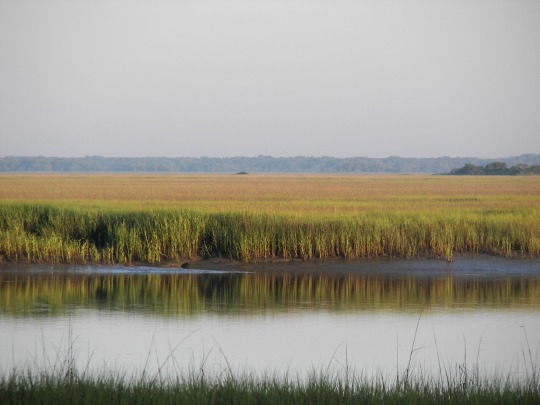
South Carolina Lowcountry
#south carolina#south carolina lowcountry#lowcountry#low country#united states#east coast#landscape#nature#wikipedia#wikipedia pictures#southeastern united states#water#wetlands#salt marshes#coastal waterways#hunting island state park
52 notes
·
View notes
Text
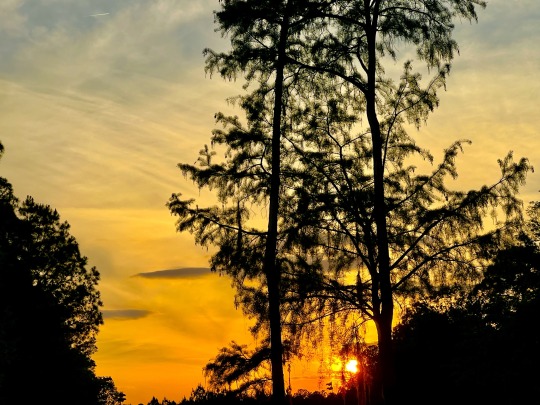
8 notes
·
View notes
Text
Porch Backyard
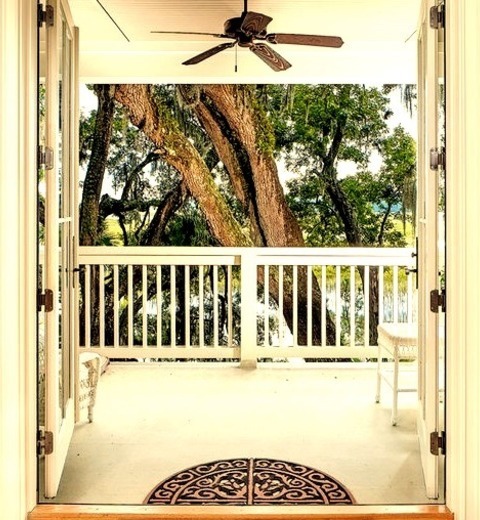
Mid-sized transitional back porch idea with a roof extension
0 notes
Photo
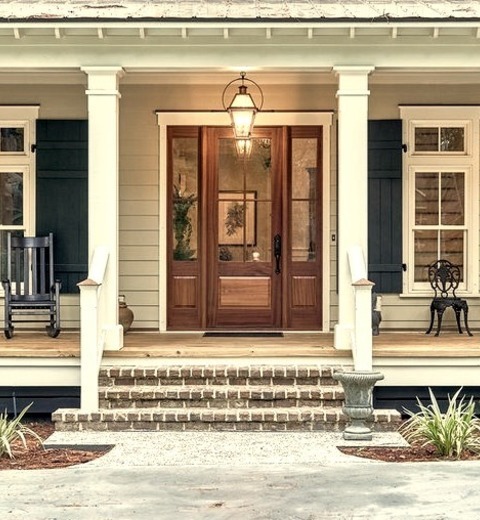
Charleston Exterior Mid-sized transitional gray two-story concrete fiberboard exterior home photo with a shingle roof
#hardwood porch floor#south carolina lowcountry#crushed shell walkway#exterior hanging lanterns#beige exterior
1 note
·
View note
Photo
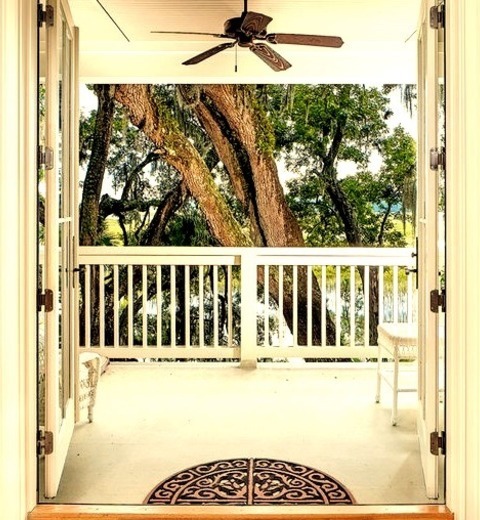
Charleston Porch
#Mid-sized transitional back porch idea with a roof extension porch ceiling fan#southern style#south carolina lowcountry#hanging ceiling fan#french doors
0 notes
Text






Magnolia Cemetery in Charleston, South Carolina. Photos by Brandon Coffey.
#charleston#south carolina#southern#brandon coffey#graveyards#marshes#lowcountry#southern gothic#spanish moss
169 notes
·
View notes
Text

The oak knot
ACE Basin National Wildlife Refuge in Hollywood, South Carolina.
#ace basin#hollywood#south carolina#southern#lowcountry#spanish moss#live oak#southern gothic#photos#photography#original photography#photographers on tumblr#photography on tumblr#2024
74 notes
·
View notes
Text




Happy Halloween! Here are some stories from SC that I heard growing up! 1/4
👻the conagree’s history is a sad one, from Native American tribes, slaves, to people going missing today. People state hearing disembodied screams and voices late in the evening
👻The spirit of a young man traveling from Charleston to see his fiancée in 1822. On the way, he and his horse were caught in quicksand-like pluff mud in the marshes before Pawley's Island, and died. His spirit has haunted the shore nearby ever since, looking for the girl he loved.
It’s also said if you see him before a hurricane you are safe!
👻The lady in red is said to be a lady of the night seen after shows.
They say her name is Nettie and passed when day dreaming of marriage on an iron balcony when lighting struck it.
👻 finally! Charleston actually imprisoned pirates and actually had a blockade once by black beard.
The souls of unrest by prisoners (war and pirates) are said to still roam the dungeon I drew Stede Bonnet's crew because that’s the one they have wax figures of down there.
#bird in a cage#vintage love#oc x oc#happy halloweeeeeeen#halloween#my ocs#south carolina#lowcountry#vintage#history#1930s
18 notes
·
View notes
Text

Actual photo of my feelings about 70-degree October days! A little bit beachy, a little bit spooky! :-)
Photo: Hilton Head, South Carolina
#hilton head#october#fall#beach#crow#raven#birds#atlantic ocean#southern usa#southern gothic#the south#south carolina#carolinas#the palmetto state#lowcountry#the deep south#travel#tourism#adventure#explore#relaxation#beach vacation#autumn#sea pines resort
15 notes
·
View notes
Text
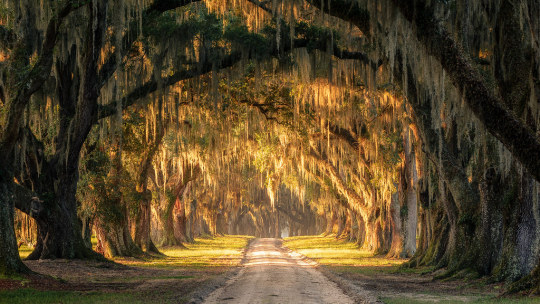
#IFTTT#Flickr#under#oak#south#carolina#nikon#d7100#usa#avenue#oaks#charleston#sc#spanish#moss#trees#nature#lowcountry#deep#carolinas#plantation#old#natural#green#coastal#photograper#photography#landscape#tomotley#beaufort
12 notes
·
View notes
Text
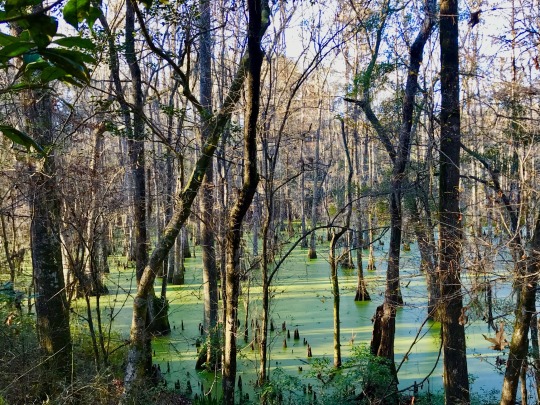
Drinks at 8
We all float about
Like the Scottish weather
To don this human veil of authority
Is a burden beyond ability
Like meeting for drinks at 8
Before my mind goes about it’s appointed rounds
Sweeping up the night
My heart is somewhere in the salt marshes of my soul
And my anger is slithering silently across the fertile ground
Waiting to strike
I see ancient smoke rising from a clearing in Carolina
Silver waves crashing in on pristine shores
Words in the ether
Emotions in your tether
Meeting for drinks at 8
I think I will leave it right here
And let all the belles slip back into the shadows of Hellhole Swamp
Amongst the musket balls and arrowheads of my youth
Tonight I’ll sleep alone
And wrestle with Jacob’s ghost
And dream of Valhalla ….
….Drinks at 8
Rolloroberson©️2023
“But you gave away the things you loved,
And one of them was me
I had a dream…
There were clouds in my coffee
Clouds in my coffee… “- Carly Simon
#poetry#southern poets#poets on tumblr#original poetry#original poets on tumblr#my poetry#rolloroberson#south carolina lowcountry#hellhole swamp#marshes#scotland#clan donnachaidh#swamp fox#eden#loneliness#wrestling with adonai#jacob’s ladder#my photography#blackwater cypress swamps#scandinavian ancestry#scottish ancestry#valhalla
26 notes
·
View notes
Text
2 notes
·
View notes
Photo
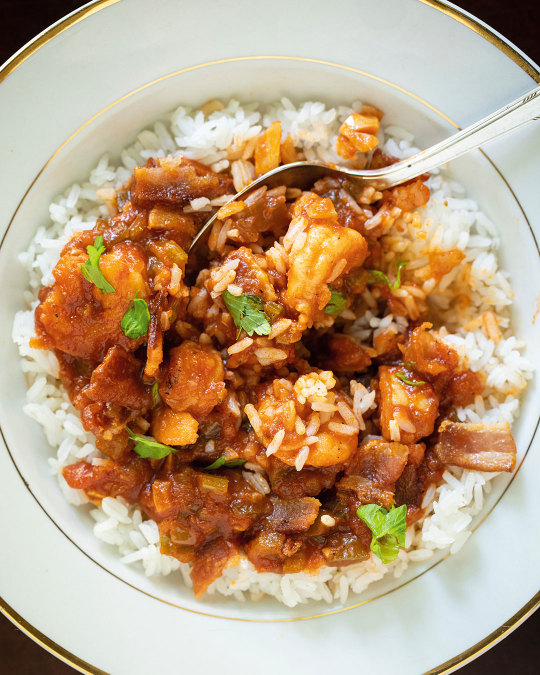
RECIPE: Creole Shrimp (from Gullah Geechee Home Cooking by Emily Meggett)
In South Louisiana, many dishes use what’s called the “holy trinity.” The holy trinity—onion, bell pepper, and celery—is a big part of Cajun cuisine and Louisiana creole cooking. My creole shrimp use this holy trinity, and like many creole dishes, the herb smell that fills the kitchen during cooking is just as wonderful as the taste of the shrimp once they reach the plate. The bacon adds a rich, crispy texture, while the tomatoes serve as the fresh base for this wonderful sauce. Shrimp cooks quickly, so be careful to sauté only until pink. Serve creole shrimp over a bed of white rice.
Serves: 4 to 6
5 slices bacon
1 large onion, finely chopped
1 bell pepper, finely chopped
1 cup (100 g) diced celery
2 garlic cloves, finely chopped
10 small tomatoes (2 pounds/910 g), peeled and diced
2 teaspoons sugar
¼ cup (½ stick/55 g) unsalted butter
2 pounds (910 g) shrimp, peeled and deveined
Seasoning salt, preferably
Gold Medal, to taste
Cooked long-grain white rice, for serving
In a 10-inch (25 cm) cast-iron skillet, cook the bacon over medium-high heat until crisp. Remove from the heat and let cool. Cut the cooled bacon into small pieces. Set aside.
In the skillet, cook the onion, bell pepper, celery, garlic, tomatoes, and sugar for at least 1½ hours over low heat. This mixture needs to “cook down,” which means that the sauce needs to thicken and shrink. The consistency should be a thick sauce, similar to a spaghetti sauce.
About 5 minutes before the mixture finishes cooking, melt the butter in a small skillet. Add the shrimp and cook over medium heat until pink, 1 to 2 minutes.
Drain the shrimp. Add the shrimp and cooked bacon to the tomato mixture. Add Gold Medal seasoning salt. Taste, and add more as needed. Stir, and serve over white rice.

A NEW YORK TIMES BESTSELLER
NAMED A BEST BOOK OF THE YEAR BY NPR
This is the first major Gullah Geechee cookbook: Emily Meggett, the matriarch of Edisto Island, shares the recipes and the history of an essential American community
The history of the Gullah and Geechee people stretches back centuries, when enslaved members of this community were historically isolated from the rest of the South because of their location on the Sea Islands of coastal South Carolina and Georgia. Today, this Lowcountry community represents the most direct living link to the traditional culture, language, and foodways of their West African ancestors.
Gullah Geechee Home Cooking, written by Emily Meggett, the matriarch of Edisto Island, is the preeminent Gullah cookbook. At 89 years old, and with more than 50 grandchildren and great-grandchildren, Meggett is a respected elder in the Gullah community of South Carolina. She has lived on the island all her life, and even at her age, still cooks for hundreds of people out of her hallowed home kitchen. Her house is a place of pilgrimage for anyone with an interest in Gullah Geechee food. Meggett’s Gullah food is rich and flavorful, though it is also often lighter and more seasonal than other types of Southern cooking. Heirloom rice, fresh-caught seafood, local game, and vegetables are key to her recipes for regional delicacies like fried oysters, collard greens, and stone-ground grits. This cookbook includes not only delicious and accessible recipes, but also snippets of the Meggett family history on Edisto Island, which stretches back into the 19th century. Rich in both flavor and history, Meggett’s Gullah Geechee Home Cooking is a testament to the syncretism of West African and American cultures that makes her home of Edisto Island so unique.
For more information, click here.
#abramsbooks#abrams books#gullah geechee#gullah geechee home cooking#gullah geechee food#emily meggett#creole shrimp#lowcountry#south carolina#gullah geechee cookbook#gullah cookbook#recipe#free recipe
74 notes
·
View notes
Text
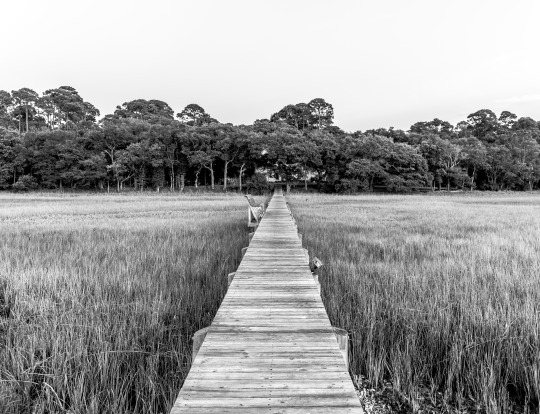
Marshside Folly Beach, SC July 2020 Photo by me @gwenllian-in-the-abbey
6 notes
·
View notes
Text
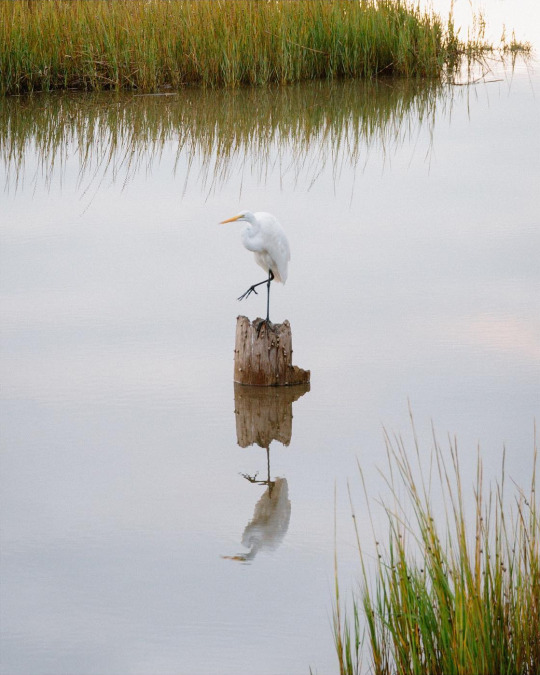

Great egret on a rainy day in Charleston. Photos by Kim Graham.
162 notes
·
View notes
